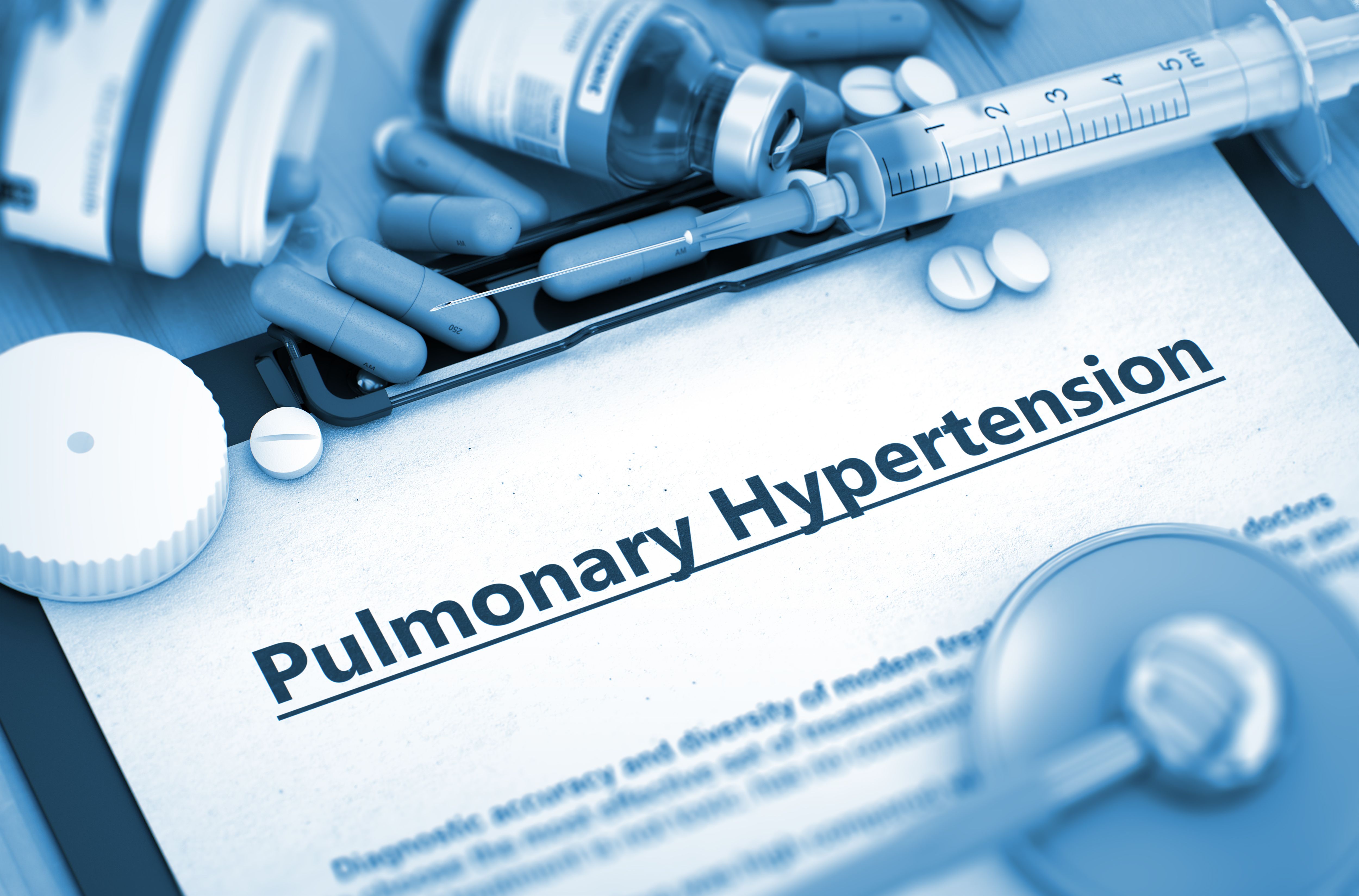News
Article
Recurrent Pulmonary Hypertension After Balloon Pulmonary Angioplasty Is Rare, Study Finds
Author(s):
A retrospective study found that instances of recurrent pulmonary hypertension due to vascular reocclusion or restenosis were extremely uncommon after balloon pulmonary angioplasty.
The recurrence of pulmonary hypertension (PH) stemming from vascular reocclusion or restenosis following balloon pulmonary angioplasty (BPA) is a rare event, according to a study recently published in The Journal of Heart and Lung Transplantation.
For patients with inoperable chronic thromboembolic hypertension (CTEPH), BPA is known to benefit the hemodynamics of these individuals. CTEPH refers to a persistent obstruction or stenosis in the pulmonary arteries, which is a product of secondary microvasculopathy and organized fibrotic clots. At present, BPA is an approach that has provided benefits for the exercise capacity and hemodynamics of patients with inoperable CTEPH; however, there is insufficient knowledge on the long-term prognostic impact on patients with recurrent PH and who achieve hemodynamic normalization after BPA. To address this gap in knowledge, investigators conducted a study to explore the hemodynamics, frequency, long-term prognosis and risk factors affiliated with recurrent PH in patients with inoperable forms of CTEPH following BPA.
Diagnosis of Pulmonary Hypertension Model | image credit: tashatuvango - stock.adobe.com

A total of 158 patients with inoperable CTEPH, who previously underwent BPA, were retrospectively reviewed between July 2009 and December 2020. These patients were further split into a “recurrence” and “non-recurrence” group. On average, follow-up was conducted for 45 months. Fifty-six percent of patients (88) were receiving pulmonary vasodilators prior to BPA and proportions of these patients was similar in the two groups.
Eleven of the patients had recurrent PH and their probabilities of recurrence at the 5-year mark was estimated at 9% (95% CI, 5.0%-18.9%). There was only 1 case out 158 individuals of recurrent PH that exhibited vascular restenosis and reocclusion (0.6%). Both groups saw hemodynamic improvements in mean pulmonary arterial pressure (mPAP), pulmonary vascular resistance (PVR), and cardiac index (CI) following BPA. These results were initially lower in the recurrence group but no significant differences were detected between groups by the last follow-up.
Researchers found that 41 patients carried risk factors for PH. Of the known risk factors, instances of neoplasia (n = 30), thyroid replacement therapy (n = 5), thrombotic disorders (n = 5), protein S deficiency (n = 3), essential thrombocythemia (n = 2), and protein C deficiency (n = 1) were observed. Additionally, 4 patients had chronic inflammatory conditions (including Sjögren’s syndrome, rheumatoid arthritis, and Crohn’s disease) and 3 with intravascular devices (including central venous port, pacemaker, and inferior vena cava filter). Investigators noted that no specific risk factors were identified for recurrent PH.
Prognosis of the 158 patients showed that during the follow-up period 5 had died. Some of these cases were unknown but 1 was attributed to heart failure. Researchers conducted an additional analysis utilizing the disease-death model that revealed that for patients with recurrent PH following BPA, there was a low likelihood of death.
In their findings, investigators concluded that the instance of recurrent PH connected to vascular restenosis or reocclusion following BPA was very rare. In their analysis, the majority of recurrent PH cases did not clinically progress, were overall mild, and patients had prognostically favorable outcomes.
Reference
Takano R, Aoki T, Asano R, et al. Recurrent pulmonary hypertension after balloon pulmonary angioplasty. Heart Lung Transplant. Published online December 19, 2023. doi:10.1016/j.healun.2023.12.005





